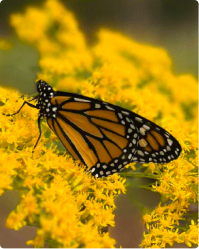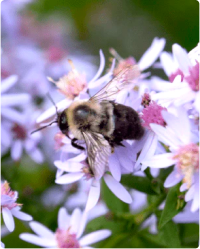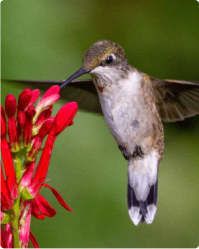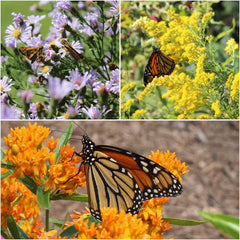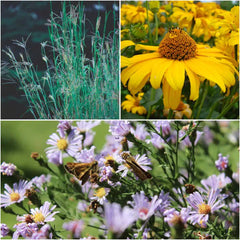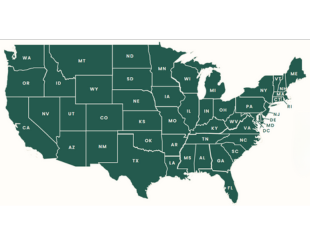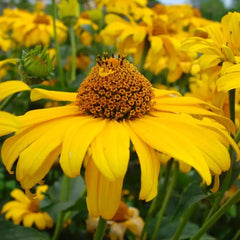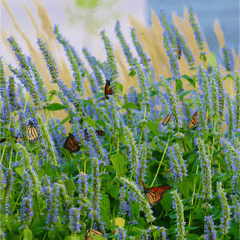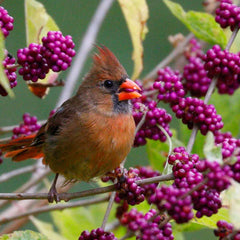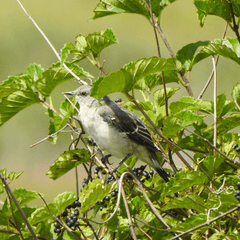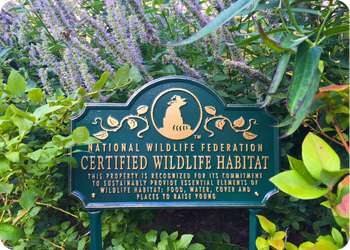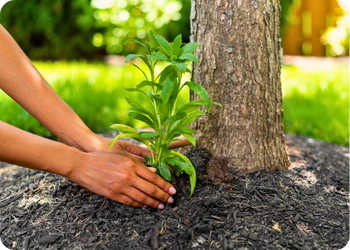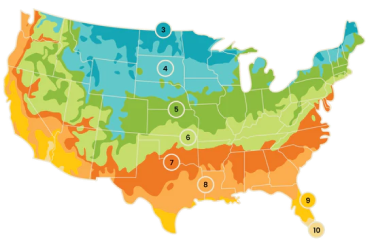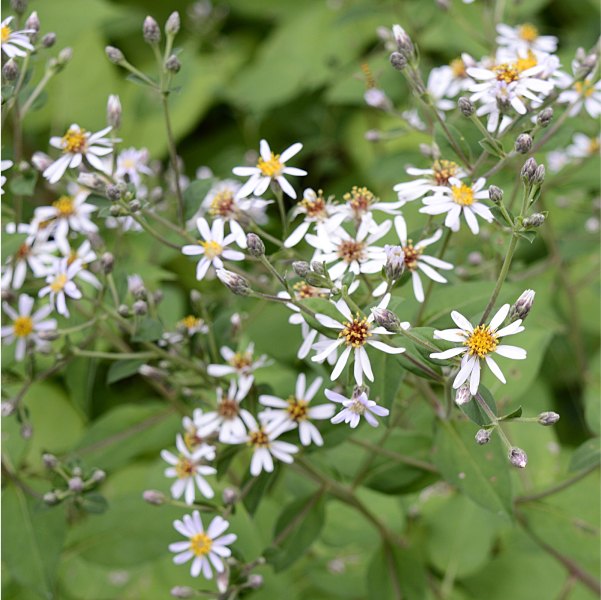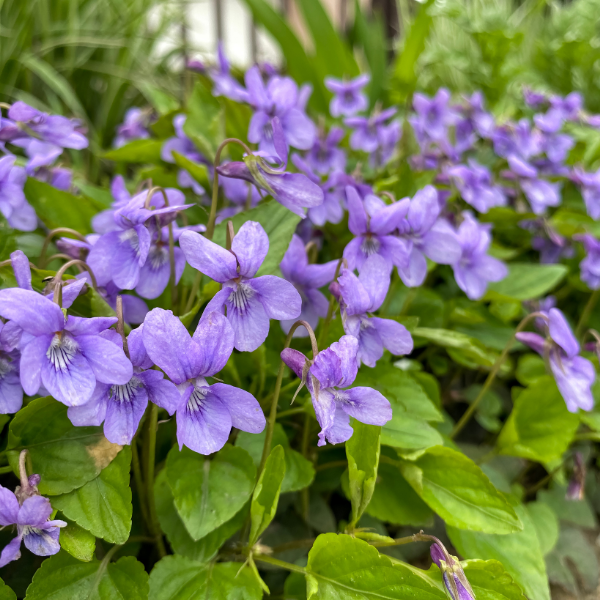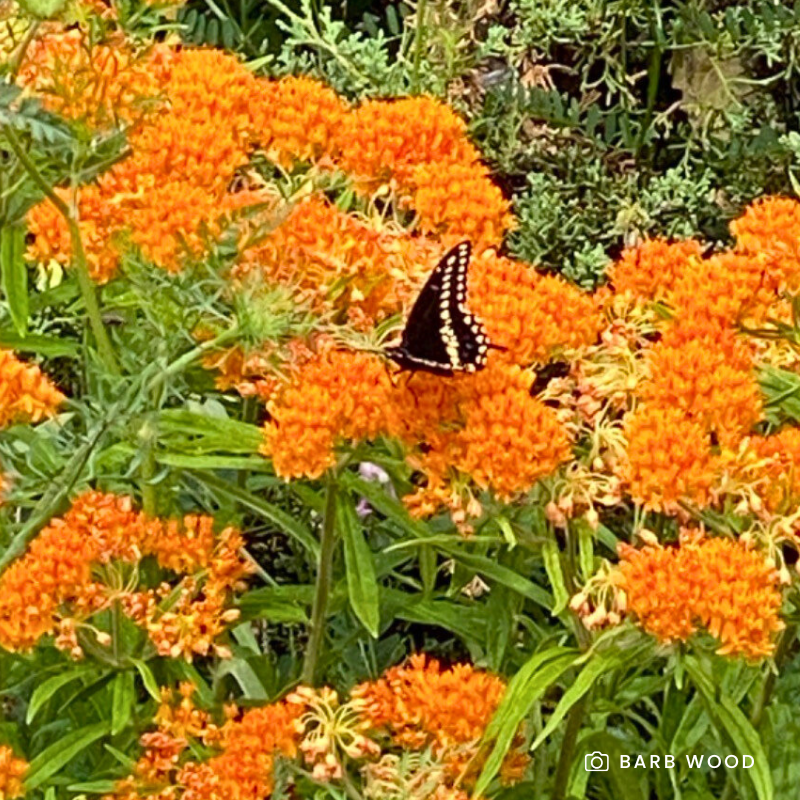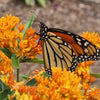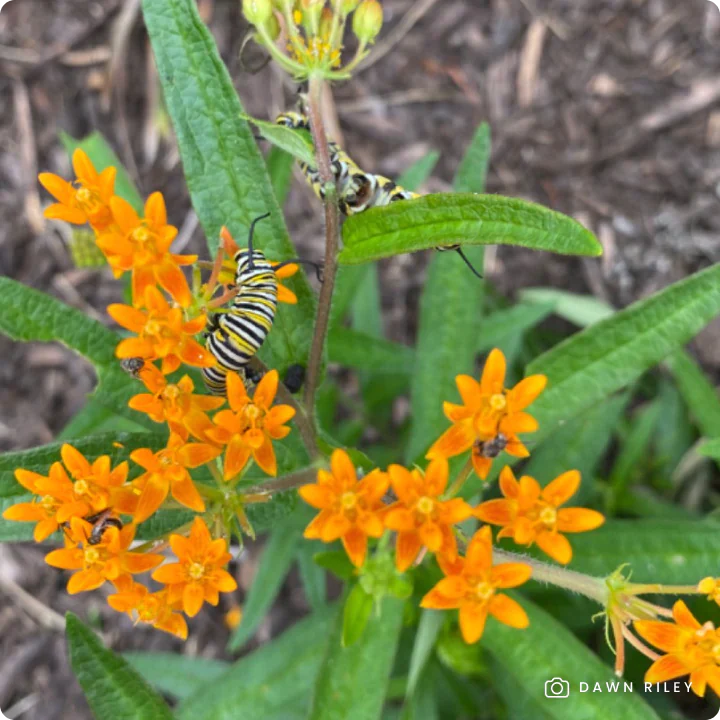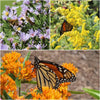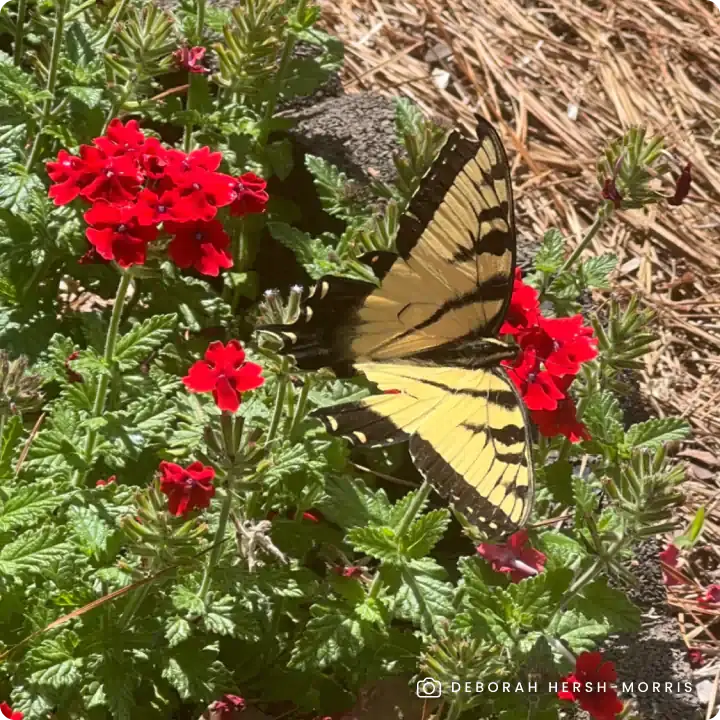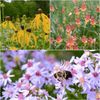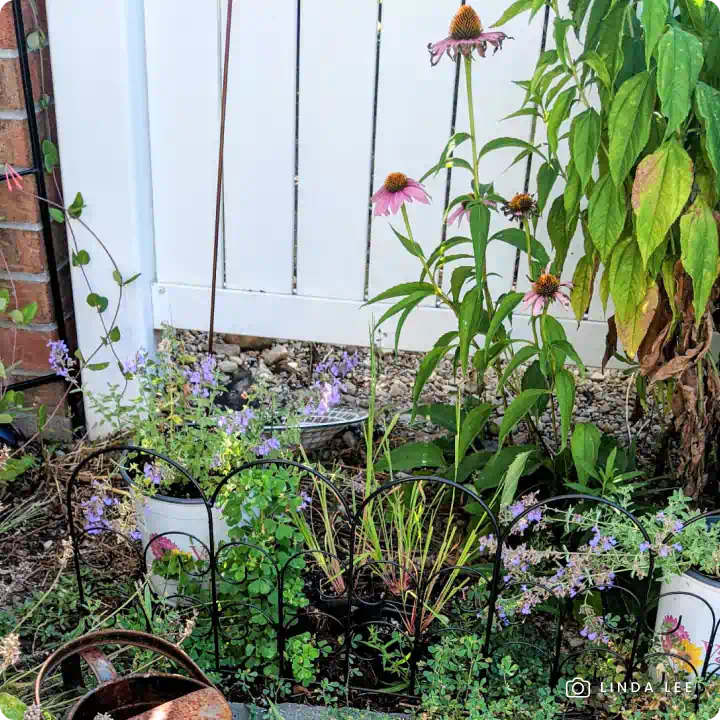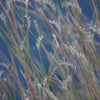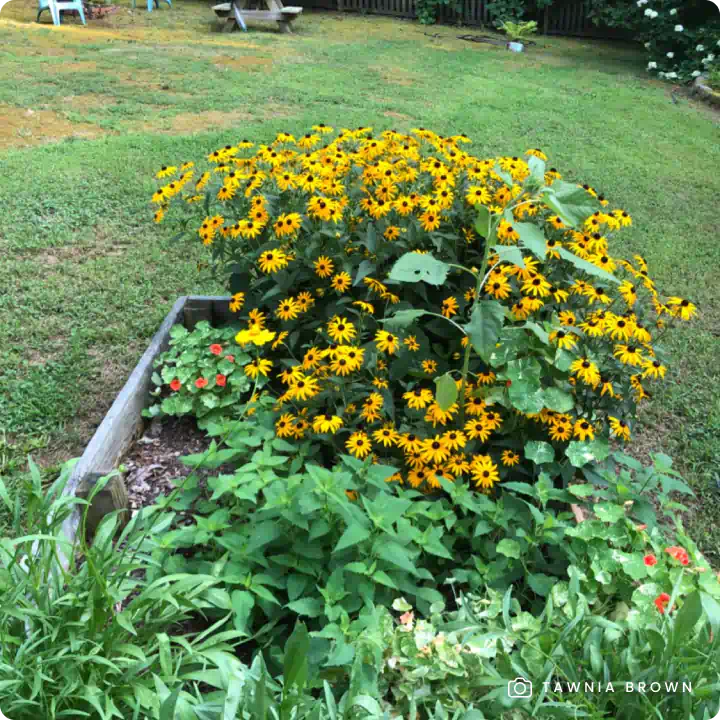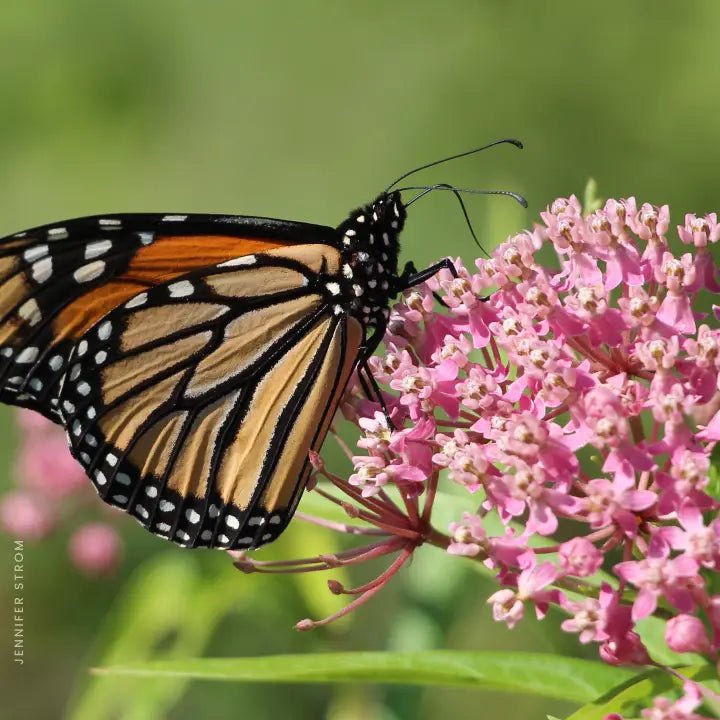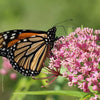Transform shady spaces into a thriving pollinator oasis with the Shady Haven collection—a carefully curated selection of native perennials that provide early-season nectar, rich foliage, and late-season blooms. Designed to flourish in part shade to full shade, this collection offers continuous color and habitat for butterflies, bees, and birds while creating a lush, naturalized look for woodland edges, garden borders, and shaded meadows.
What’s Included?
- Eastern Columbine (Aquilegia canadensis): One of the first nectar sources in spring, this delicate yet resilient wildflower features red and yellow nodding blooms that attract hummingbirds, butterflies, and native bees.
- Common Blue Violet (Viola sororia): A low-growing groundcover with heart-shaped leaves and charming purple flowers, supporting fritillary butterfly caterpillars and early-season pollinators.
- Bigleaf Aster (Eurybia macrophylla): A late-season bloomer with white-to-lavender flowers that provide essential nectar for butterflies and bees while its lush green foliage acts as a natural groundcover in shaded areas.
Why Choose the Shady Haven Collection?
- Thrives in Shade: Designed for part shade to full shade gardens, where many flowering plants struggle.
- Pollinator & Bird Friendly: Provides nectar for hummingbirds, butterflies, and bees, while offering seed and habitat for songbirds.
- Long-Lasting Seasonal Blooms: Offers continuous interest, from spring to fall, with succession blooming.
- Low-Maintenance & Adaptable: Grows well in moist to dry, well-drained soils with minimal care.
- Deer & Rabbit Resistant: Naturally unappealing to browsing wildlife, ensuring lasting beauty.
- Pollinator-Safe: Grown non-GMO and free of harmful neonicotinoids, promoting a healthy ecosystem for pollinators and wildlife.
Available in collections of nine, 18, or 27 plants to create a lush, pollinator-rich shade garden.
Planting Tips:
- Location: Prefers part shade to full shade in moist, well-drained soil.
- Watering: Water regularly during the first growing season to establish roots. Once established, plants can tolerate periodic dry conditions.
- Maintenance: Minimal care required. There's no need to deadhead the flowers, as allowing them to go to seed provides a valuable food source for birds. Leaving the stems standing in the fall offers overwintering sites for beneficial insects. If desired, cut back the stems in late spring after pollinators have emerged.
For more information on planting, view our How to Plant Your Native Plants guide and other planting tips in the Garden for Wildlife Learning Center.
Plant the Shady Haven collection and bring life to shaded spaces while supporting butterflies, hummingbirds, and native wildlife!
